What Do Insects Eat?
What Do Insects Eat?
Ants
The diets of ants can vary quite a bit from species to species, but overall, they eat just about anything. Different kinds of ants do have strong preferences for certain foods, however. For example, sugar ants, true to their names, like anything sugary or sweet, while grease ants have a strong preference for foods high in fat, oil, and grease.

Blood-Suckers
There are a variety of common pests that are ectoparasitic – living off our blood. These pests include bed bugs, mosquitos, fleas, and ticks.
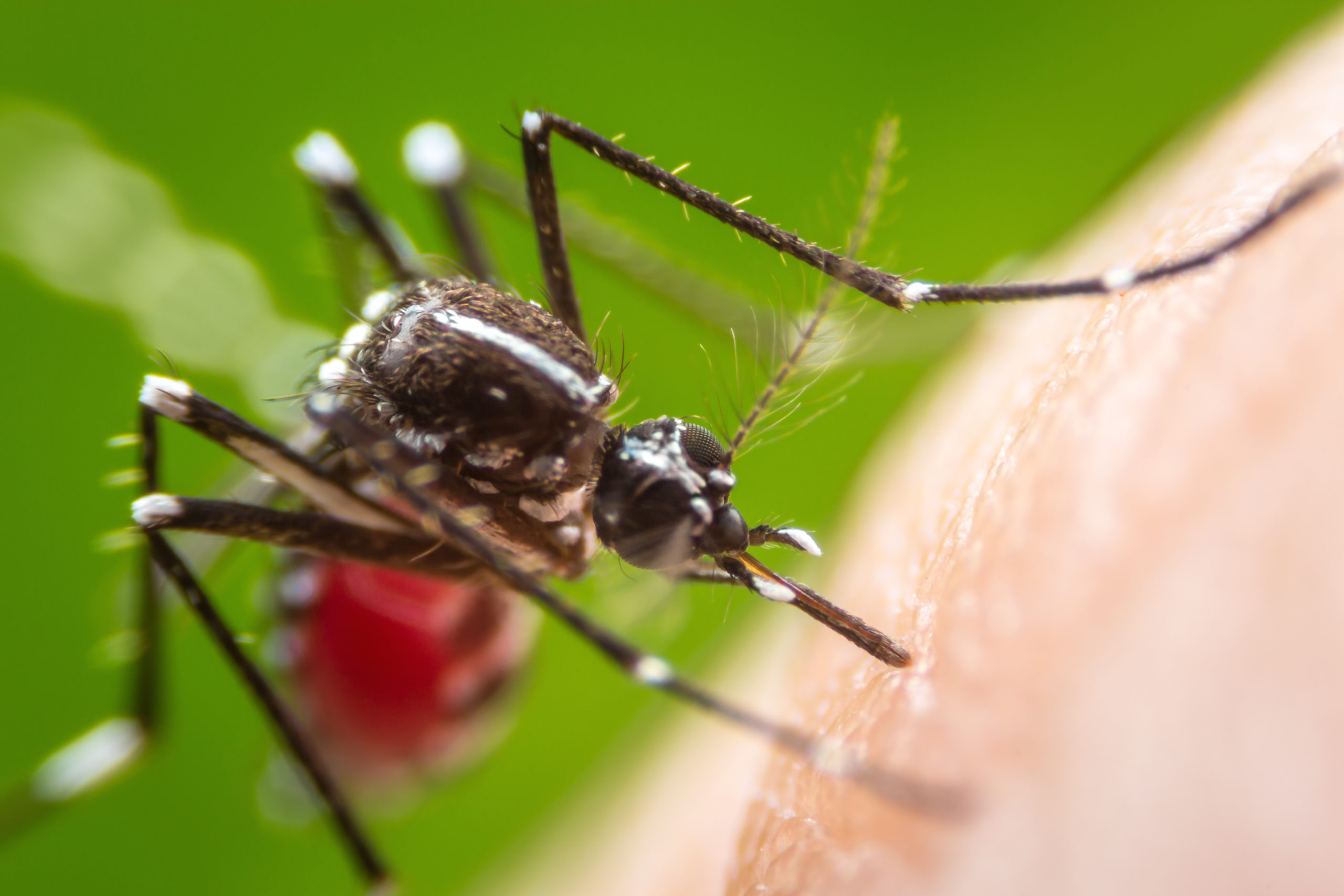
Carpenter Bees
While carpenter bees are famously wood-boring insects, the do not actually consume wood. Rather, they simply chew through it and spit it out, opting to eat more appetizing flower nectar instead.
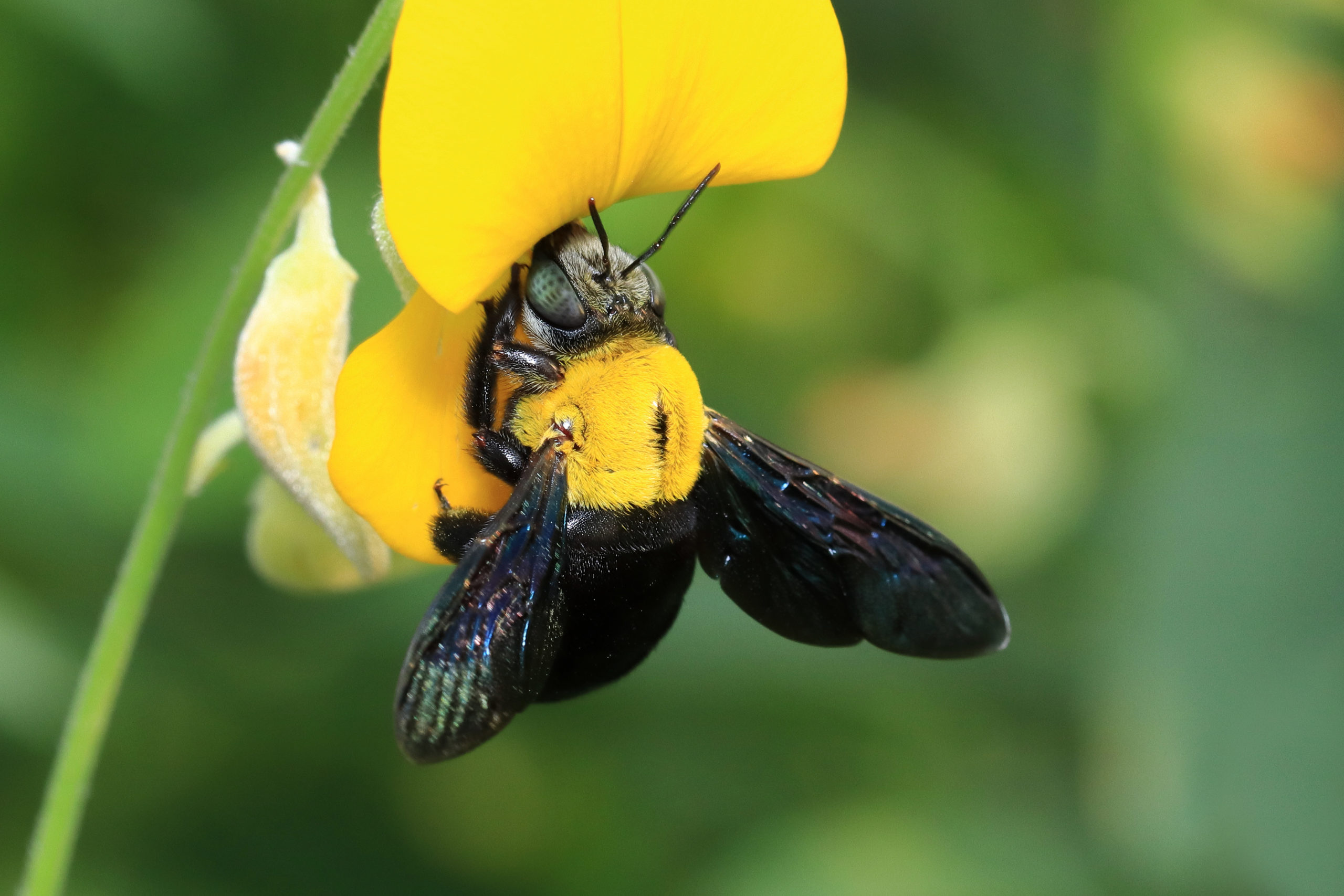
Centipedes
Centipedes are vicious predators. This means that they find sustenance through the consumption of other insects or very small animals. When hunting to satiate their carnivorous cravings, centipedes will make use of their fangs which are equipped with a specialized venom. This venom can administer a painful bite for humans, so you want to exercise caution when dealing with centipedes.
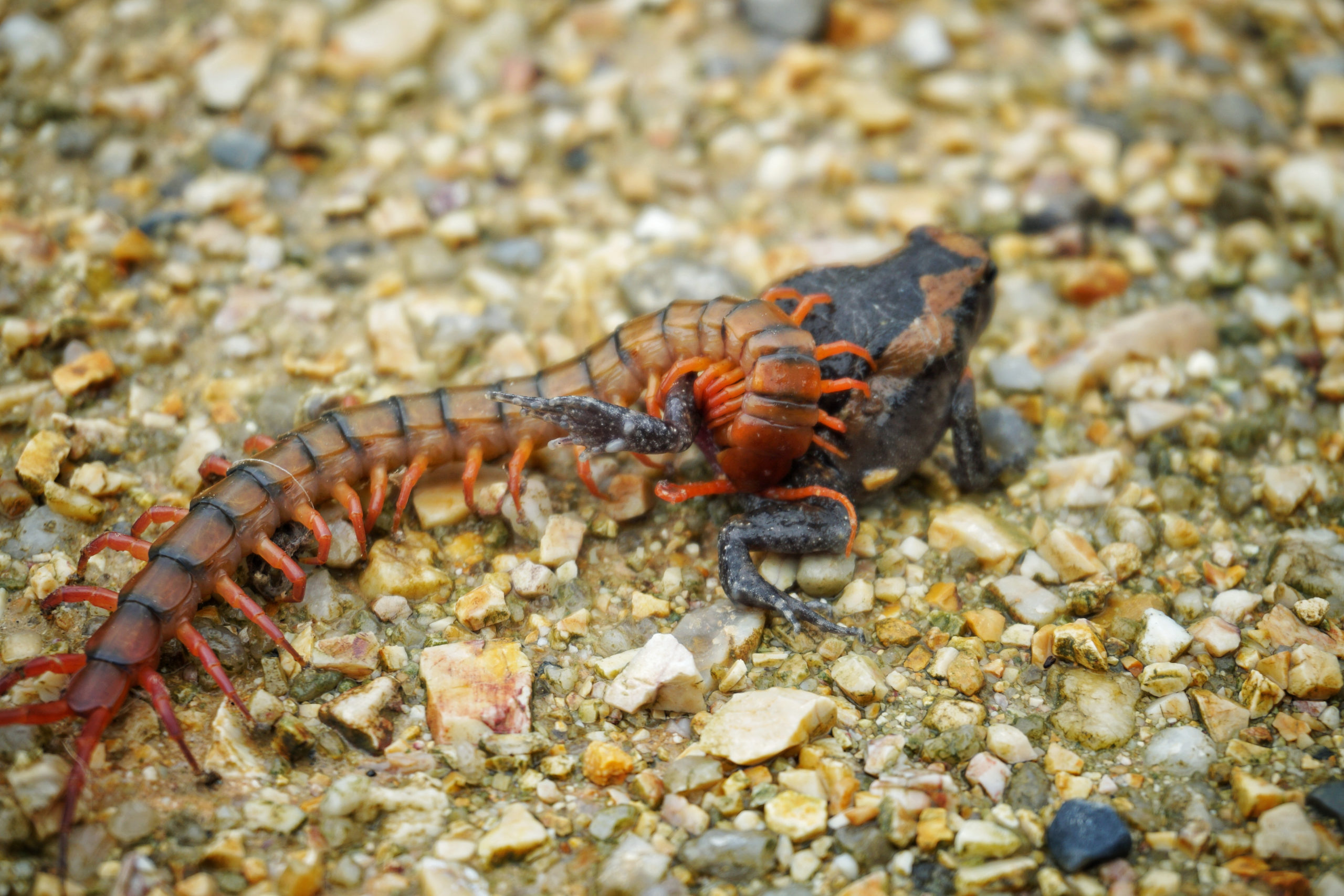
Cockroaches
Cockroaches have over 100 olfactory receptors, making them extremely adept at sniffing out food sources even when food is scarce. They also contain 544 gustatory receptors – which is more than any other insect known to be alive today – accounting for their ability to consume nearly anything as sustenance including dust bunnies, rotted foods, paper products, animal excrements, and even some poisonous plants and chemicals. They are esentially the garbage disposals of nature and can seemingly find sustenance anywhere.
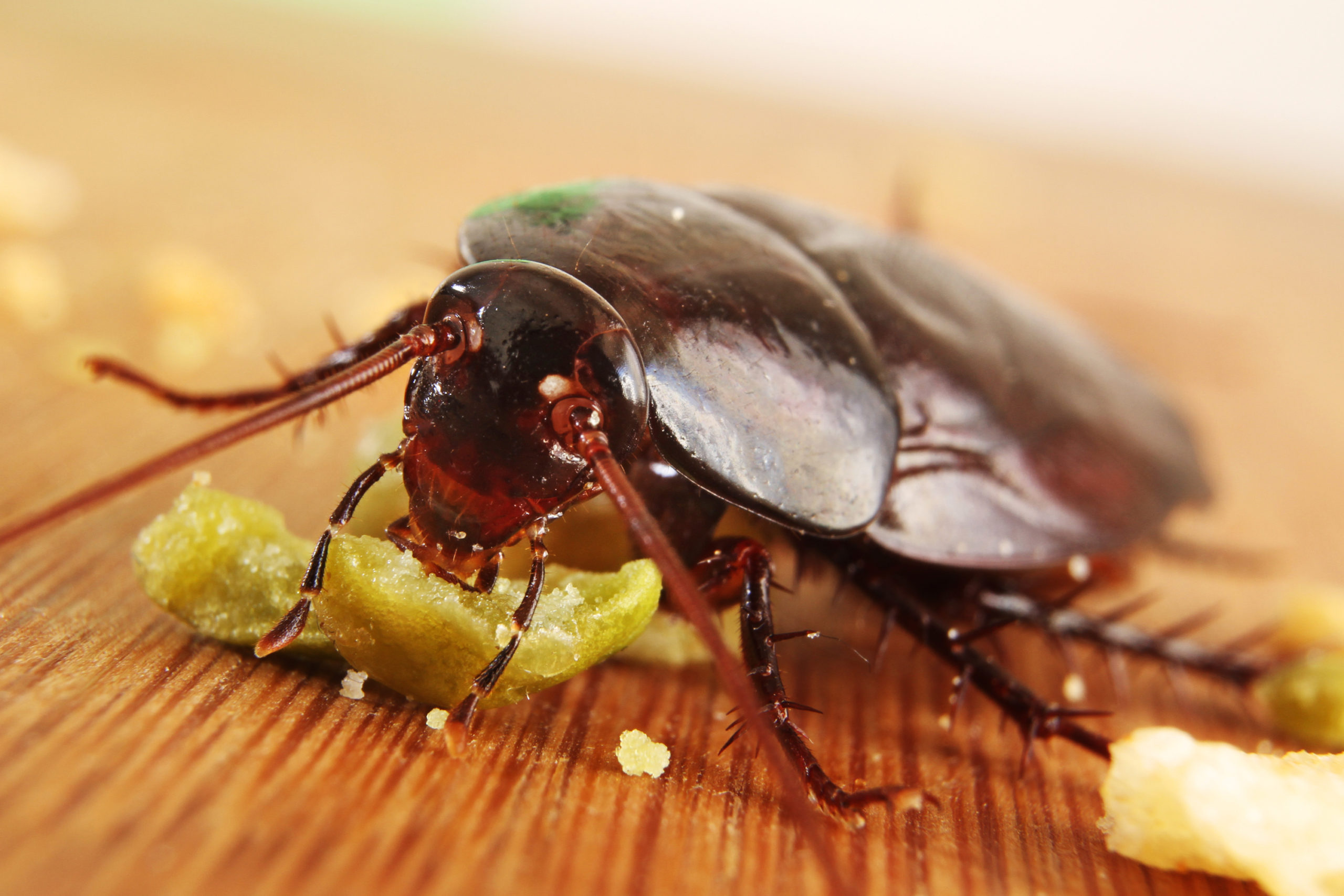
Crickets
These insects are omnivores and will consume a variety of plants and insects including fruits, vegetables, ornamental plants, seeds, live and/or dead insects, animal matter, and grasses. In addition to this, crickets have also been known to consume a surprising variety of textiles and artificial materials such as rubbers, wool, cotton, silk, leather, and nylon products.
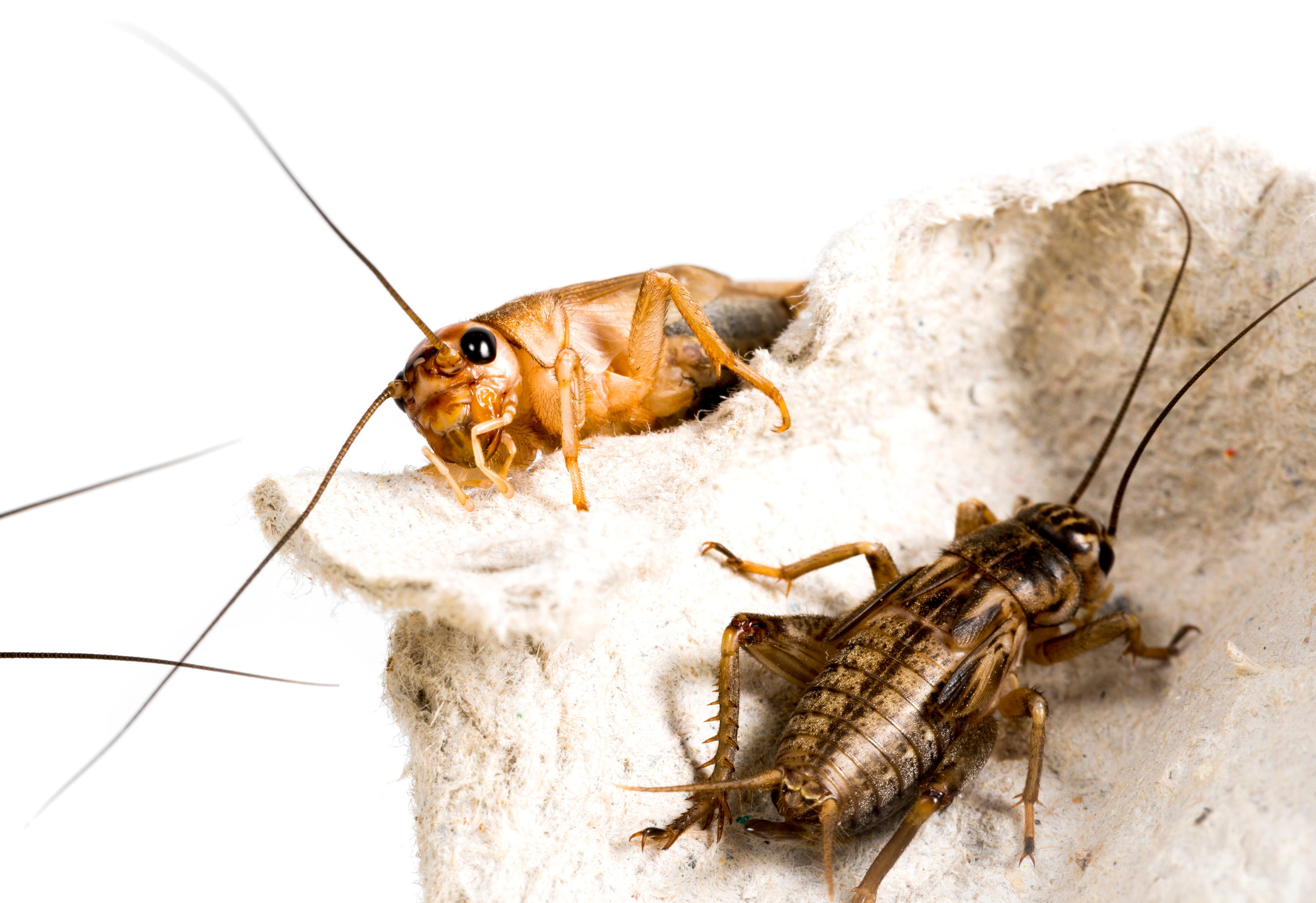
Grasshoppers/Locusts
Grasshoppers are primarily herbivores and will feast on a variety of organic matter including leaves, flowers, seeds, vegetables, stems, weeds, bark, and more. Some sub-species of grasshoppers will also indulge in toxic plants, as they possess the unique ability to store the toxins in their bodies which, in turn, discourages predators from targeting them. Locusts, being a sub-species of grasshoppers, also consume a variety of plants and organic matter, however, they have very unique eating patterns with two key phases. The first phase, known as the solitary phase, is rather docile and their eating habits are virtually identical to other grasshopper sub-species. However, during the other phase, the gregarious phase, the locusts begin to swarm in mass and consume plants in a frenzy. This is where locusts gain their notoriety for decimating crops or landscapes.
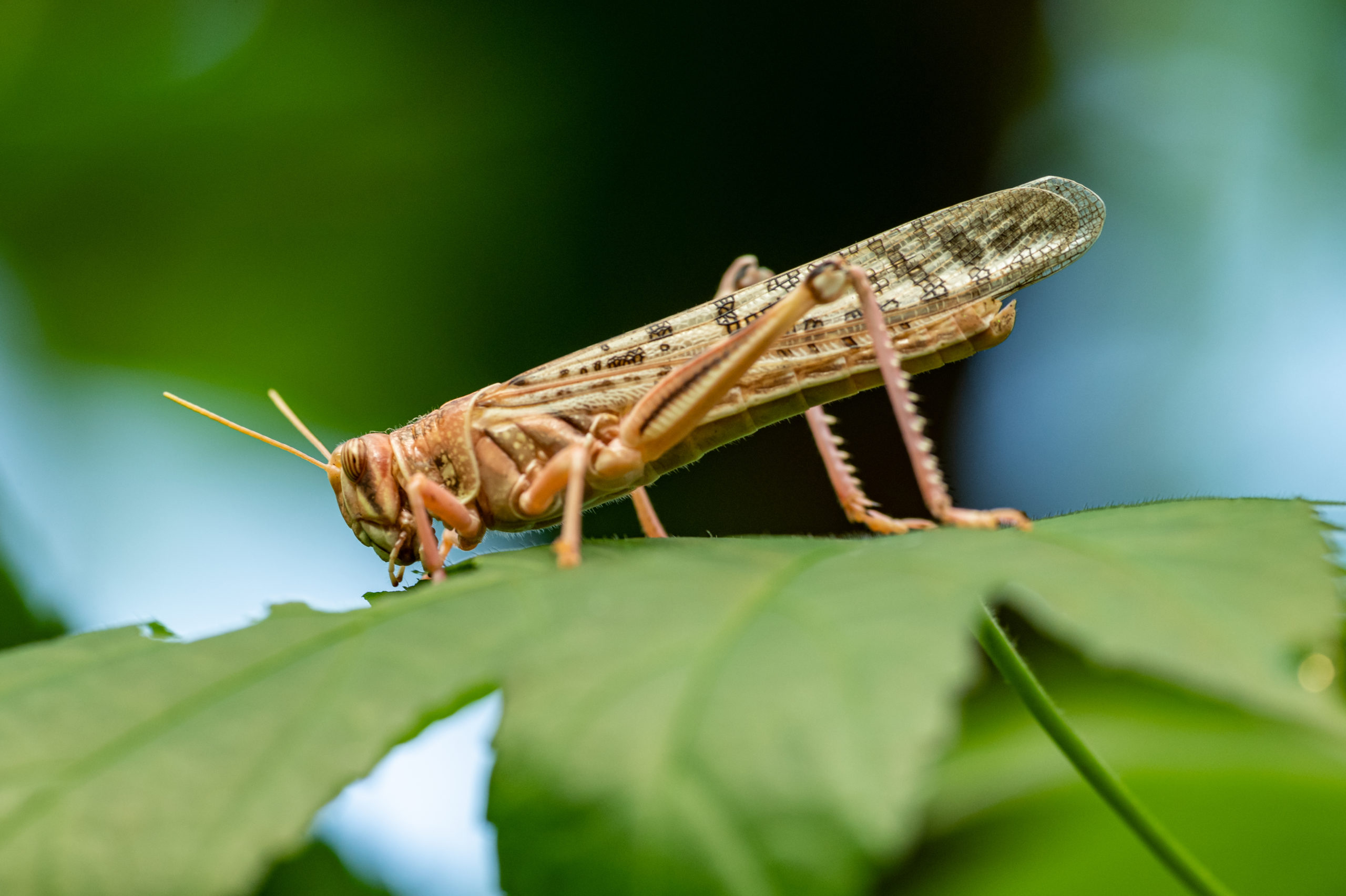
Hornets
Hornets are omnivorous pests that have a varied menu. They are adept predators that hunt flies, bees, and other insects, and for their “vegetarian fix,” they consume different leaves, tree sap and fruits.
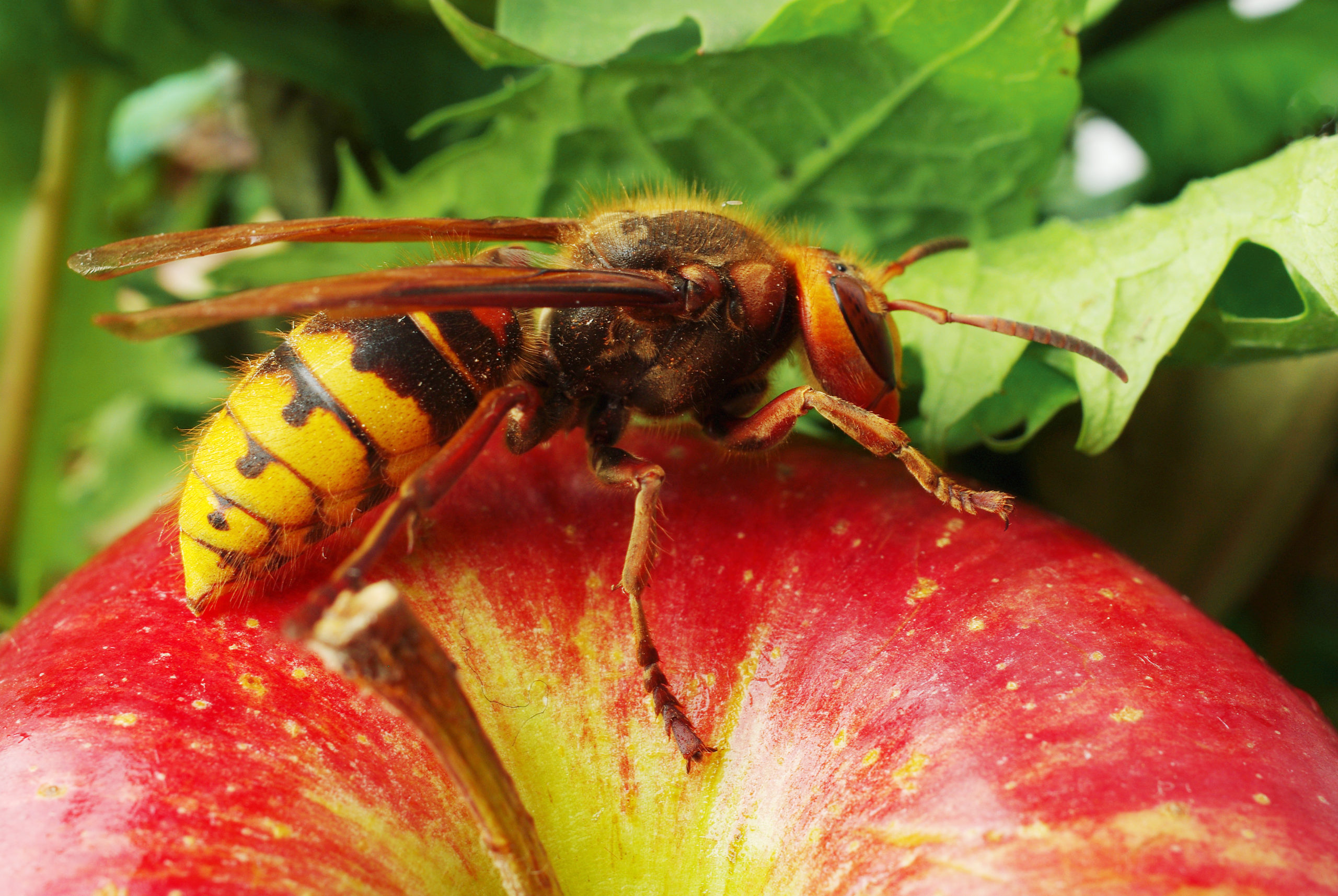
Paper Wasps
Paper wasps are big fans of sugary treats, seeking it out in sweet drinks and fruit. They will also scavenge for nectar in flowers, which is why they can actually be very beneficial to ecosystems as unintentional pollinators.
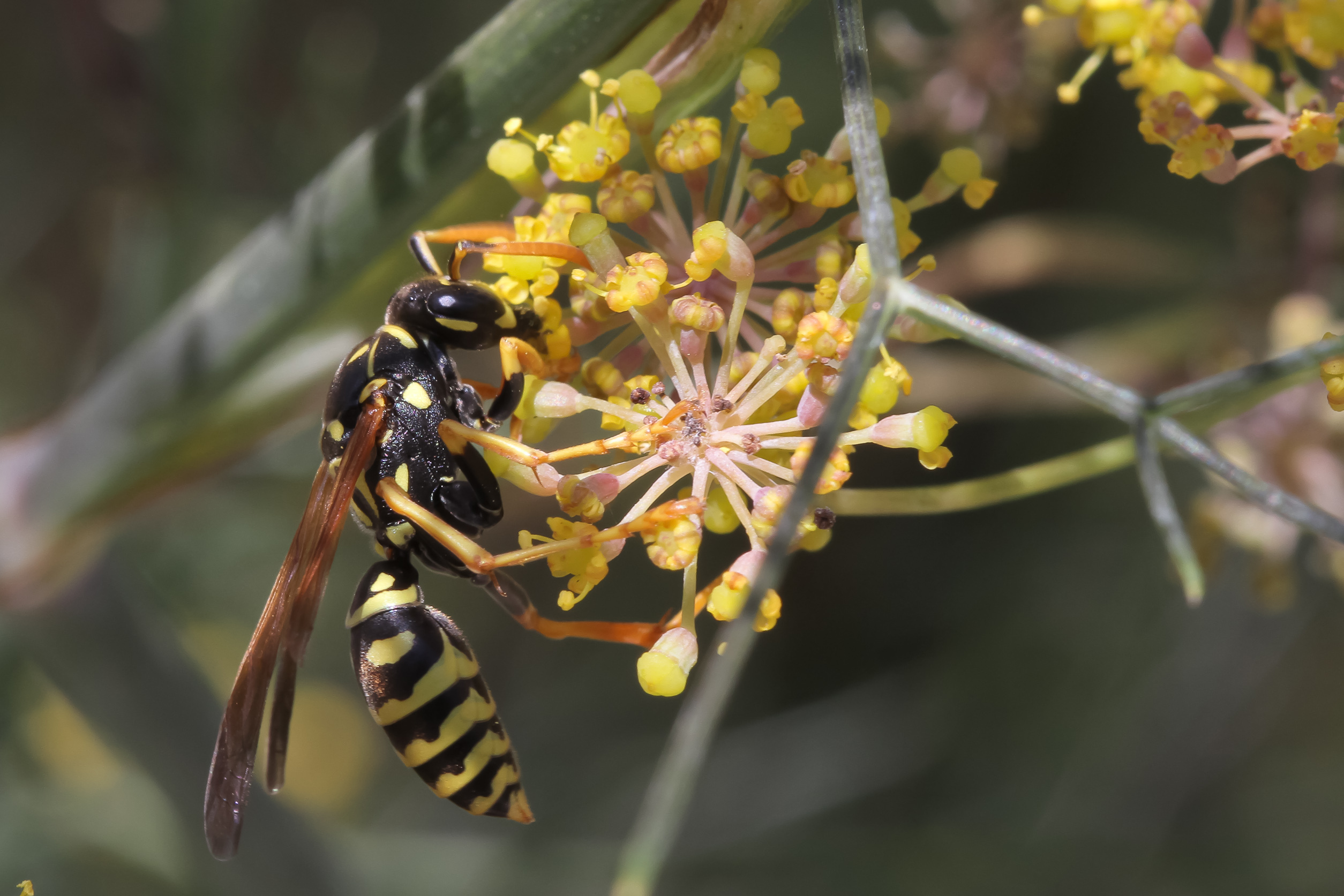
Silverfish
The diets of silverfish favor protein over carbohydrates, although they will eat a variety of odd carb-based items including flour, oats, clothing, paper, cardboard, and even glue. When presented with options however, silverfish will show preference to any available form of protein, even resorting to cannibalism to get their dietary fix.

Stinkbugs
These smelly bugs eat a varied diet of leaves, fruits, vegetables, flowers, grains and even weeds. With each bite into these plants stink bugs inject a tiny amount of their saliva into the plant, causing it to develop dark scars or bruises. Unfortunately, in the autumn months when the days are getting colder, these pests will often venture indoors for warmth and protection against the elements. While there, they can be a massive nuisance and even cause significant damage to ornamental plants within the home.

Termites
Infamously, termites eat wood. But it’s not just plain wood they’re after. It’s actually a substance called cellulose that is in wood-based products. With such a powerful appetite for cellulose termites are keen on a variety of wooden items including homes, furniture, paper, and books. Each year, termites cause more than 5 million dollars in property damage in over 600 thousand homes just the United States alone due to their hunger for wood.

Yellow Jackets
Yellow jackets are very partial to sources of protein including other insects or even the grilled meats from our barbeques. They also love sugary treats such as sodas and honey. Executive member of the Montgomery Country Beekeepers’ Association of Pennsylvania, Scott Famous, states that, “when the weather turns colder, food sources disappear and [yellow jackets] begin to starve. Starvation makes them angry and aggressive as they work hard to seek food.” This normally happens around the Autumn months and comes with both an increase of stings to humans, and massive risks to honeybee hives. These angry, hungry pests will raid honeybee colonies, killing and eating the inhabitants and stealing the honey.

Citations
Ambrose, K. (2019) Yellow Jackets: Fall’s Fearsome and Feisty Wasps that can Sting Repeatedly, The Washington Post. Available at: https://www.washingtonpost.com/weather/2019/11/09/yellow-jackets-falls-fearsome-feisty-wasps-that-can-sting-you-repeatedly/ (Accessed: September 2020).
Blue, M.-L. (2018) The Differences Between Locusts, Grasshoppers and Cicadas, Sciencing. Available at: https://sciencing.com/differences-between-locusts-grasshoppers-cicadas-8284950.html (Accessed: June 22, 2021).
Britton, D. (2020) Grasshoppers, crickets, katydids and locusts: Order Orthoptera, The Australian Museum. Available at: https://australian.museum/learn/animals/insects/grasshoppers-crickets-katydids-and-locusts-order-orthoptera/ (Accessed: June 22, 2021).
Cole, J. and Bessin, R. (2015) Brown Marmorated Stinkbug in the Home Garden, University of Kentucky College of Agriculture, Food, and Environment. The Entomology Department at the University of Kentucky. Available at: https://entomology.ca.uky.edu/ef326 (Accessed: October 2020).
Deziel, C. (2019) What do ants eat?, Sciencing. Available at: https://sciencing.com/what-do-ants-eat-4606745.html (Accessed: July 29, 2021).
Gordon, E. (no date) A Teacher’s Resource Guide to Millipedes & Centipedes, Cornell University. Available at: https://cpb-us-e1.wpmucdn.com/blogs.cornell.edu/dist/7/3643/files/2013/09/Millipedes-CentipedesGuide-2jubwdz.pdf (Accessed: August 2020).
Hadley, D. (2020) Fascinating Facts About Centipedes, ThoughtCo. Available at: https://www.thoughtco.com/fascinating-facts-about-centipedes-1968228 (Accessed: August 2020).
Hornets: National Geographic (no date) National Geographic. Available at: https://www.nationalgeographic.com/animals/invertebrates/facts/hornets (Accessed: July 29, 2021).
How Fast do Termites Eat Wood – Avoid Structural Damage (no date) Investment Properties Info. Available at: https://www.investmentpropertiesinfo.com/learn/how-fast-do-termites-eat-wood/ (Accessed: November 2020).
How Long Does it Take for Termites to Cause Extensive Damage? (no date) Architecture Art Designs. Available at: https://www.architectureartdesigns.com/long-take-termites-cause-extensive-damage/ (Accessed: November 2020).
How Much Damage Can Termites Create? (2017) Mighty Mite. Available at: https://www.mightymitetermite.com/blog/how-much-damage-can-termites-create/ (Accessed: November 2020).
Jacobs, S. (2015) Brown Marmorated Stink Bug, Penn State Extension. Edited by M. Skvarla. The Pennsylvania State University College of Agricultural Sciences. Available at: https://extension.psu.edu/brown-marmorated-stink-bug (Accessed: April 20, 2021).
Kim, G. and Polan, S. (2018) Why Cockroaches Are So Hard To Kill, YouTube. Science Insider. Available at: https://www.youtube.com/watch?v=KKYJf2DL1FM (Accessed: July 2020).
Klass, C. and Raffensperger, E. M. (2012) Millipedes, Sowbugs and Pillbugs, and Centipedes, Insect Diagnostic Laboratory. Cornell University Department of Entomology. Available at: https://idl.entomology.cornell.edu/wp-content/uploads/Millipedes-Sowbugs-Pillbugs-Centipedes.pdf (Accessed: August 2020).
Landolt, P. and Antonelli, A. Yellowjackets and Paper Wasps, Washington State University. WSU Puyallup Research and Extension Center. Available at: https://s3.wp.wsu.edu/uploads/sites/1384/2016/07/Yellojackets-and-Paper-Wasps.pdf (Accessed: May 2020).
Lewis, J. G. E. (2007) The Biology of Centipedes. Cambridge University Press. (Accessed: August 2020).
Phillips, E. and Gillett-Kaufman, J. (2018) Silverfish: Lepisma saccharina Linnaeus, University of Florida Department of Entomology and Nematology. Florida Department of Agriculture and Consumer Services. Available at: https:// entnemdept.ufl.edu/creatures/URBAN/silverfish.HTM (Accessed: June 2020).
Potter, M. (2018) Cockroach Elimination in Homes and Apartments, The University of Kentucky College of Agriculture, Food and Environment’s Department of Agriculture. Available at: https://entomology.ca.uky.edu/ef614 (Accessed: October 2020).
Ricciuti, E. (2019) Yellowjackets: A Look at Opportunistic Raiders of Honey Bee Hives, Entomology Today. The Entomological Society of America. Available at: https://entomologytoday.org/2019/03/28/yellowjackets-opportunistic-raiders-honey-bee-hives/ (Accessed: October 2020).
Sajem, Y. (2020) What Kind of Food Do Grasshoppers Eat?, Pets on Mom. Available at: https://animals.mom.com/kind-food-grasshoppers-eat-10974.html (Accessed: June 22, 2021).
Silverfish (2020) Pest World. National Pest Management Association. Available at: https://www.pestworld.org/pest-guide/occasional-invaders/silverfish/ (Accessed: June 2020).
Simpson, V. (2020) What Are The Differences Between Crickets And Grasshoppers?, WorldAtlas. Available at: https://www.worldatlas.com/articles/what-are-the-differences-between-crickets-and-grasshoppers.html (Accessed: June 22, 2021).
8 Creative Ways to Have a Pest-Free Fourth of July
8 Creative Ways to Have a Pest-Free Fourth of July 8 Creative Ways to Have a Pest-Free Fourth of July Summary: The Fourth [...]
A Simple Guide to Preventing Stinging Pests
A Simple Guide to Preventing Stinging Pests A Simple Guide to Preventing Stinging Pests Summary: Stinging insects are more active in warm weather, [...]
These 10 Natural Mosquito Repellents Can Actually Help
These 10 Natural Mosquito Repellents Can Actually Help These 10 Natural Mosquito Repellents Can Actually Help Summary: Natural mosquito repellents are easier to [...]
How to Get Rid of Carpet Beetles
How to Get Rid of Carpet Beetles How to Get Rid of Carpet Beetles Summary: Carpet beetles are sneaky pests that don’t usually [...]
How Do Roaches Affect Asthma and Allergies?
How Do Roaches Affect Asthma and Allergies? How Do Roaches Affect Asthma and Allergies? Summary: It’s no secret that pests impact human health, [...]
These 5 Carnivorous Pests Might Surprise You!
These 5 Carnivorous Pests Might Surprise You! These 5 Carnivorous Pests Might Surprise You! Summary: There are many eco-friendly ways to prevent pests, [...]

